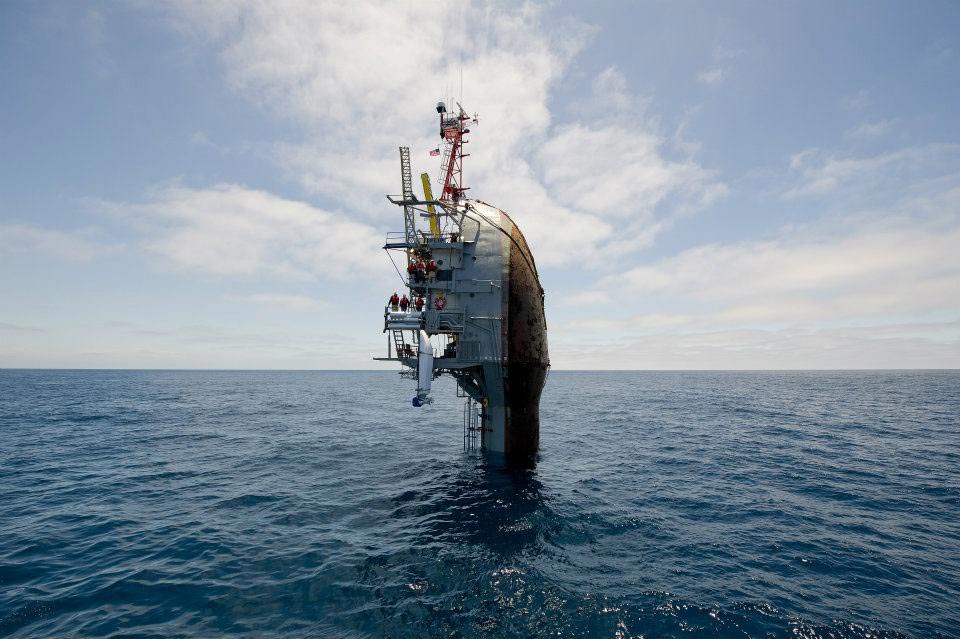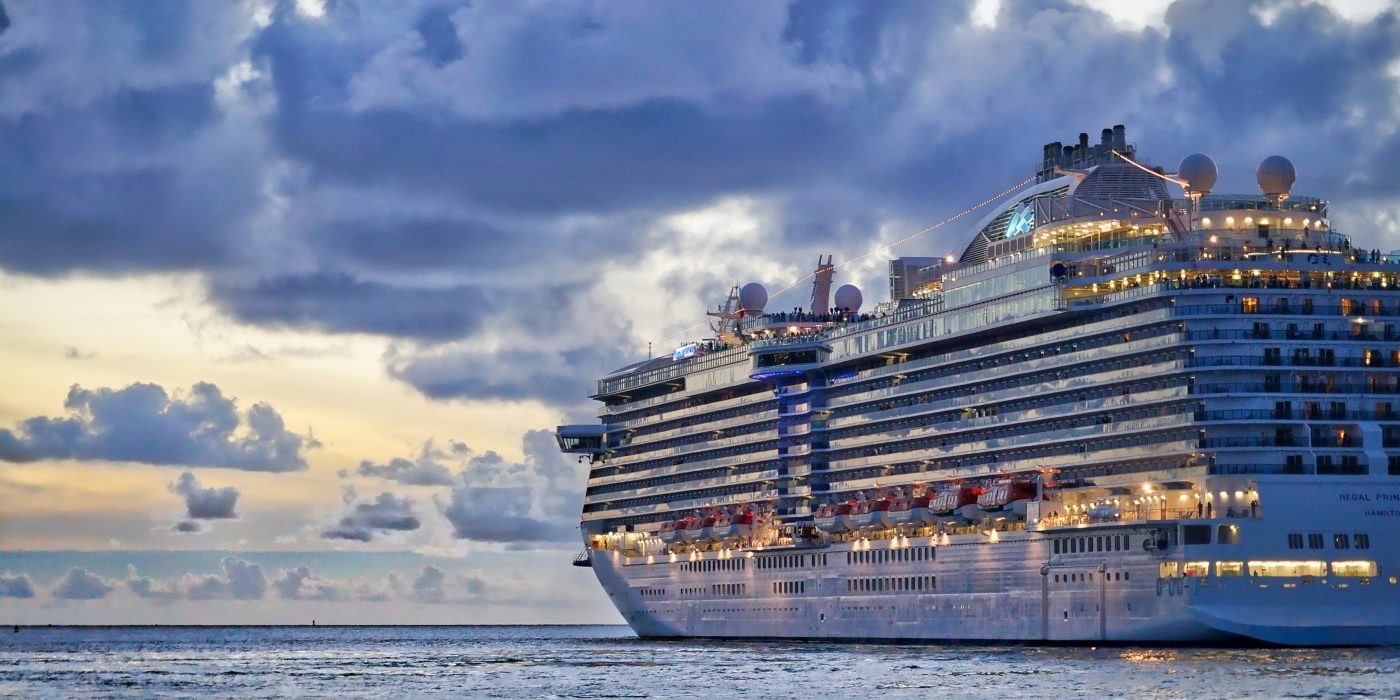How Modern Cruise Ships Are Getting Safer: 5 Features That Prevent Sin
Table Of Content

The ship was in the Strait of Malacca, near Malaysia, when a fire broke out in the engine room. This act of cowardice became one of the most talked-about aspects of the disaster. Fortunately, the entertainment staff, led by guitarist Moss Hills, took charge of the evacuation, proving instrumental in coordinating the rescue efforts. They used the ship’s radio to make distress calls, which were answered by nearby ships and helicopters. The ship was en route from Liverpool, England, to Halifax, Nova Scotia, carrying nearly 2,000 passengers and crew, including military personnel, civilians, and refugees.
Advanced Stabilization Systems

By following these guidelines, passengers can help ensure that their cruise experience is both enjoyable and safe. Cruise ships are designed to be as safe as possible, and the crew undergoes extensive training to ensure that they are prepared to handle any emergency situation that may arise. In addition to the bridge watch, there are many other safety procedures and protocols that the crew members must follow. For example, all crew members are required to undergo extensive safety training before they can work on a cruise ship.
What happens when a huge ship sinks? A step-by-step guide to averting disaster
The cruise industry is subject to strict safety rules and regulations enforced by international maritime organizations such as the International Maritime Organization (IMO). These regulations cover various aspects of cruise ship safety, including fire prevention, emergency procedures, and crew training. Modern vessels are equipped with advanced weather forecasting and monitoring systems that provide real-time information about meteorological conditions. This allows the ship's crew to navigate around storms and other adverse weather events, minimizing the risk of encountering dangerous conditions. Additionally, the integration of satellite technology and radar systems ensures that the ship always knows its precise location and can avoid potential hazards.
Research the Cruise Line’s Safety Record
According to a report by Maritime Executive, the implementation of advanced navigation systems has significantly reduced the number of accidents related to navigation errors. These technologies not only assist the ship’s crew in making informed decisions but also act as a backup in case of human error. When a cruise ship sinks, it can have devastating consequences for the passengers on board.
What is the safest mode of travel? - BBC.com
What is the safest mode of travel?.
Posted: Fri, 27 Jan 2012 08:00:00 GMT [source]
These drills simulate various emergency scenarios, such as a fire or a collision, and help to ensure that all crew members are prepared to respond quickly and effectively in the event of an emergency. I go on quite a few cruises, and I usually do not think about whether a cruise ship can sink or not, but it is an interesting question. When planning a cruise vacation, it is crucial to choose a reputable cruise line. Researching the cruise line’s safety record and customer reviews can give you an idea of their reliability and commitment to passenger safety.
When Was the Last Time a Cruise Ship Sunk?
In 1965 she joined Lauro Lines and in 1972 she was refitted as a cruise ship. She sank in 1927 off the coast of Brazil when a propeller shaft broke and damaged the hull of the ship. She sank slowly, but there was some confusion on board which meant that 314 people died of the 1,252 passengers and crew on the ship.

These regulations cover everything from fire safety and evacuation procedures to crew training and passenger safety drills. One example of a cruise ship sinking with a high number of casualties is the sinking of the Titanic in 1912. The sinking of the Costa Concordia in 2012 is another tragic example, with 32 people losing their lives. Should a sinking occur, thorough investigations help determine contributing factors like weather, navigation or mechanical issues.
The design of a cruise ship is complex and involves several factors that contribute to its overall safety. The ship’s compartments are also divided into watertight compartments, which prevent flooding from spreading throughout the ship. Moreover, the use of advanced stability systems, such as stabilizers and ballast tanks, helps to minimize the ship’s movement and ensure a smooth sailing experience even in rough waters. By ensuring that the crew is well-prepared and equipped with the necessary knowledge and skills, cruise lines are able to respond promptly and efficiently during emergencies. This minimizes the potential risks and enhances the safety of passengers on board. Another crucial aspect of preventing future incidents is the implementation of new safety protocols and comprehensive crew training programs.
Some cruise lines have stricter safety regulations and invest heavily in technology and training to ensure the safety of their passengers. Modern cruise ships are equipped with state-of-the-art navigation systems, including radar, sonar, and GPS, to detect potential hazards and avoid collisions. They also have sophisticated communication systems that allow for real-time coordination with coast guards and other emergency response teams. Aside from the potential harm to human life, cruise ship sinkings can also have significant environmental consequences. Sewage discharged from these ships can contaminate waters, posing a threat to marine life and even human health.
In less than 15 minutes, the Empress of Ireland sank into the cold waters of the Saint Lawrence River, claiming the lives of 1,012 people. The only ocean cruise ship to sink with passengers on-board within the last 15 years was human error, and they’ve been found guilty at a criminal trial. Cruise ship captains were already vetted for their safety standards but now even more so – it’s unthinkable that anything like that could happen again. Cruise ships are subject to a wide range of regulations and safety protocols to ensure the safety of passengers and crew. All cruise ships are required to have enough lifeboats to accommodate all passengers and crew members on board. In addition to lifeboats, cruise ships are also equipped with other types of life-saving equipment, such as life rafts and life vests.
Overall, while cruise ship stability is a critical factor in ship design and operation, incidents of capsizing or rolling over are rare. Cruise ships are equipped with a range of safety features and undergo regular inspections and maintenance to ensure that they meet all safety standards and can operate safely in a variety of conditions. The cruise ship industry continuously strives to improve safety measures and provide a secure environment for all passengers.
The SS Morro Castle was an American ocean liner that sank on September 8, 1934. The ship, which was named after the Morro Castle fortress that guards the entrance to Havana harbor, was en route from Havana, Cuba, to New York City when it caught fire and burned. This led to the deaths of 137 passengers and crew members out of the 549 people on board. The MS Georges Philippar was a French ocean liner named after Georges Philippar, a prominent figure in the French shipping industry. The ship was part of the fleet of Messageries Maritimes, a major French shipping company. Its design was cutting-edge for the time, featuring luxurious accommodations and advanced safety features.
The company said it expects more than half of its fleet to be operating by the end of October and the full fleet by next summer. Infamously the incident led to the ship being referred to as “the poop cruise” because raw sewage backed up onto the passenger decks and passengers had to use plastic bags as a makeshift solution. Coast guard rescuers at the time did not expect the ship to sink and thought it could be towed to shore by tug boats, but the captain demanded everyone be extracted from the ship as soon as possible. However, the captain and some crew members were later arrested and convicted of negligence for fleeing the ship while passengers were still on board.
This tragic event occurred on January 13, 2012, when the ship struck a reef off the coast of Isola del Giglio, Italy, leading to a significant breach in its hull. The sinking of the Titanic was a horrifying event, marked by acts of heroism and tragic loss. Of the estimated 2,224 passengers and crew aboard, more than 1,500 lost their lives, making it one of the deadliest peacetime maritime disasters in history. The ship also didn’t have enough lifeboats, which made the situation much worse. Over the years, maritime regulations have evolved to enhance the structural integrity of cruise ships. The compartments on modern vessels are designed to be much stronger, reducing the likelihood of them being breached in the event of a collision or other emergencies.
Since 2012 there have been no other recorded sinkings of ocean-going cruise ships. The Orient Queen, which was moored in the port of Beirut at the time of the explosion, suffered severe damage due to the shockwave and the subsequent flooding. The impact of the explosion was so significant that it led to the ship partially sinking. The event resulted in the loss of two lives among the crew members aboard the ship. The sinking of the MV Explorer serves as a stark reminder of the unpredictable nature of sea travel, especially in the perilous and icy waters of the Antarctic. The Liberian Bureau of Maritime Affairs carried an investigation into the sinking in 2009.
Comments
Post a Comment